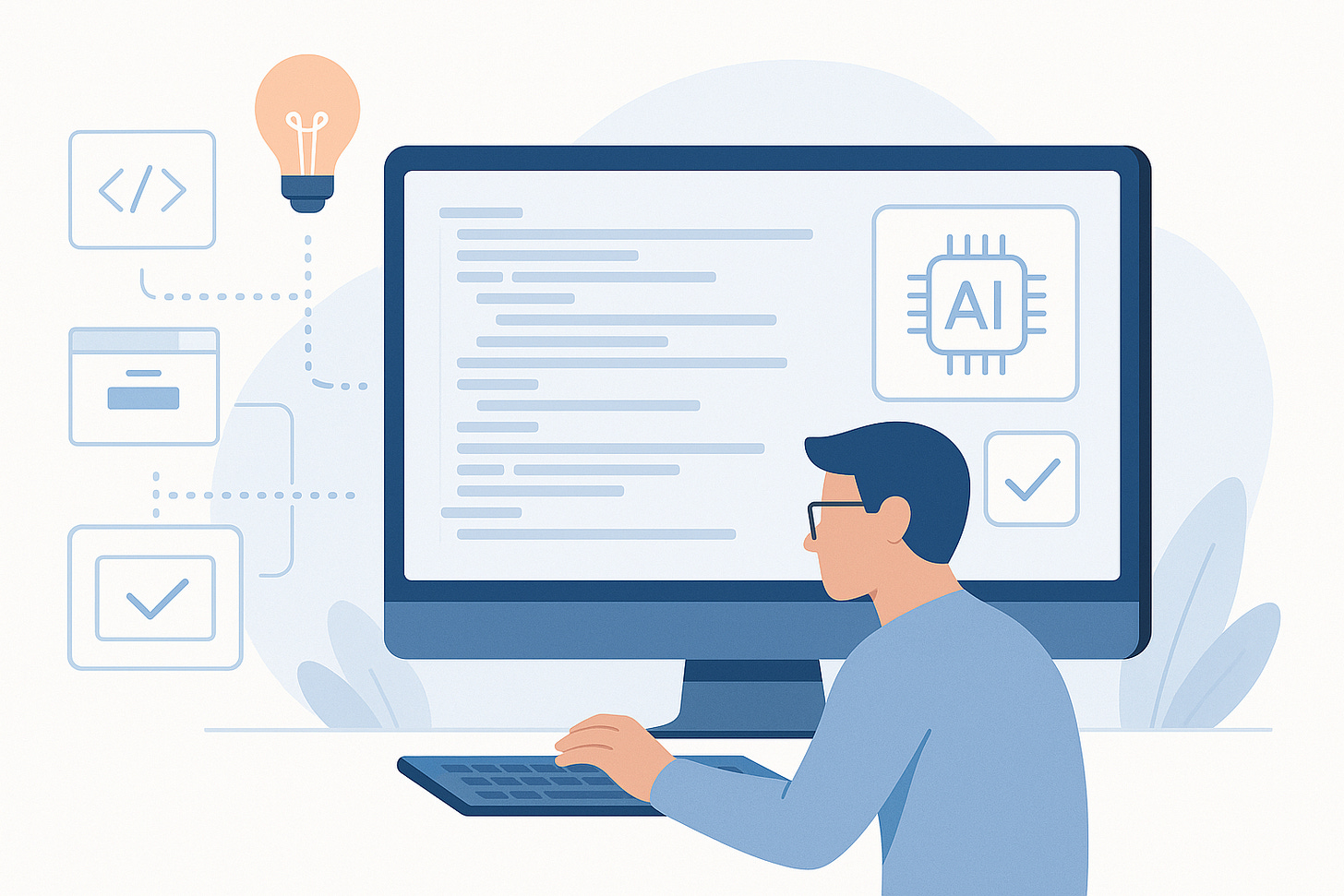5 Benefits of AI-Powered Coding Every Java Architect Should Know
From vibe coding experiments to enterprise-scale productivity, here’s how AI assistants are reshaping Java development.
In my last article about AI-assisted coding, I explored a central question: can developers trust AI assistants in their daily workflow? I argued that trust is built through transparency, clear guardrails, and validation loops. AI can suggest code, but it’s the developer who reviews, tests, and integrates. That trust workflow makes the difference between reckless automation and responsible acceleration.
Let’s look at the five main benefits you should pay attention to.
Faster delivery with IDE-integrated assistants
Tools like GitHub Copilot, JetBrains AI Assistant, Cursor, Windsurf, and Roo Code now integrate directly into Java IDEs. They provide inline completions, refactoring, bug fixes, test generation, and even documentation.
For architects, the benefit is clear: teams spend less time on boilerplate and setup, and more time focusing on business logic. This accelerates delivery without forcing a complete change in developer workflows.
Better code quality through automated tests
One of the hidden strengths of these assistants is automated test generation. They can draft JUnit or integration tests, create test data, and even highlight missing edge cases.
No test is perfect out of the box, but these drafts give your team a running start. Combined with human review and mutation testing, you end up with more consistent coverage and fewer gaps in quality.
For large Java, Microprofile or even Jakarta EE projects, this means fewer production bugs and shorter feedback cycles.
Smarter architecture decisions
AI assistants are not limited to writing functions. Some, like Windsurf, support project-wide context. They can refactor modules, rename services, and keep references consistent across large codebases.
This helps architects evaluate “what if” scenarios more quickly. Want to split a monolith module into microservices? AI can scaffold the starting point. Considering a new persistence approach? It can generate early prototypes in minutes.
Instead of replacing architectural judgment, AI gives you faster feedback loops so you can make decisions with more confidence.
Increased developer satisfaction and productivity
The truth is: developers enjoy working with these tools. Cursor and Roo Code, for example, allow deep customization, privacy control, and offline use. That reduces resistance in regulated industries and gives developers more freedom to work in their style.
Happier developers stay longer, learn faster, and contribute more. For decision makers, this translates into higher retention and lower recruitment costs.
Strategic flexibility and cost control
By reducing time on repetitive tasks, AI frees resources. Teams can prototype faster, automate documentation, and cut the overhead of manual reviews.
Open-source assistants like Roo Code also allow organizations to self-host models, avoiding vendor lock-in and controlling costs. For enterprises balancing licensing, compliance, and innovation, this is a strategic advantage.
Toolbox snapshot: which tools to explore
If you want to experiment, here are three assistants worth trying today. Cursor is a fork of VS Code redesigned around AI-first workflows, offering inline edits, refactoring, debugging, and project history tracking. Windsurf builds on Codeium’s Cascade system, giving you agent-like capabilities: full-project understanding, supercharged autocomplete, inline AI, approval-based flows, and even an AI terminal. Roo Code is open-source, privacy-friendly, and runs locally; it excels when you need cross-file prompts, offline support, or want to self-host without depending on commercial vendors.




one of the best use of vibe coding is for generating test script.